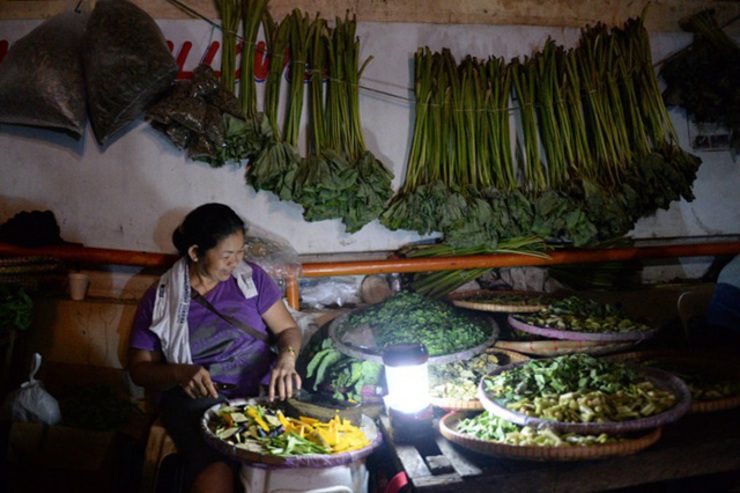SUMMARY
This is AI generated summarization, which may have errors. For context, always refer to the full article.

MANILA, Philippines – Tropical Storm Ruby (Hagupit) already damaged P1.02 billion ($22.89 million*) worth of agriculture in 55,850 hectares of land in Bicol, Western Visayas, and Eastern Visayas.
As of Monday, December 8, damage to crops, fisheries, and livestock sub-sectors reached P990.07 million ($22.14 million).
Damage to farm and fisheries infrastructure hit P29.99 million ($670,793.15).
Cultivation areas for rice, corn, and high-value crops were most affected by Ruby’s onslaught, which first made its landfall in Eastern Samar Saturday night, December 6.
In the fisheries sub-sector, seaweed cultivation areas in Northern Samar, Leyte, Eastern Samar and Biliran were affected the most.
In the Bicol region alone, damage to agriculture is pegged at P90.46 million ($2.02 million), the Office of Civil Defense (OCD) reported December 7.
The Bureau of Fisheries and Aquatic Resources (BFAR) is also ready to deploy 26 of its 30-footer vessels for government disaster response needs, BFAR Director Asis Perez said.
Price update
The Department of Agriculture (DA) gave assurances that prices of major agricultural commodities in Metro Manila will not dramatically increase.
The major production areas for livestock, poultry, and high value crops are not in areas battered by the storm, the DA said Monday, December 8.
Most rice farmers, whose cultivation areas lie in the immediate path of Ruby, were able to harvest maturing crops before landfall, Agriculture Secretary Proceso Alcala said.
“Most rice farmers were already able to harvest maturing crops. Many of them planted early in anticipation of a dry spell (in the last quarter of the year). So we do not see any adverse effects on palay production,” Alcala said in a press briefing.
The DA also prepositioned seeds to be used for emergency replanting in affected areas. Available for distribution to affected regions are 78,479 50-kilogram (kg) bags of rice seeds; 17,854 50-kg bags of corn; and 3337-kg of seeds for high value crops.
The Southern Tagalog region (CALABARZON and MIMAROPA provincial clusters) –a major production area for livestock and poultry products in Luzon – is not expected to be severely affected by the typhoon, unlike when typhoon Glenda (Rammasun) depleted the poultry population in the region.
“We are safe in the supply of poultry products. Prices do not have to increase. The way we see [weather forecasts], the main production areas would be spared,” Alcala said.
Prices of vegetables should also not increase significantly as the main production areas would not be severely battered by Ruby, Alcala said.
Price freeze
The Department of Trade and Industry (DTI), meanwhile, already put in effect a price freeze in Albay and Camarines Sur – already declared under state of calamity.
Masbate and Catanduanes in Region 5; Pilar, Capiz in Region 6; and Leyte and Samar provinces in Region 8 are being closely watched by the DTI. Prices and commodities’ supply in Romblon and Occidental and Oriental Mindoro are also under tight watch by the DTI. Intensified price monitoring is also in effect in Northern Samar, Eastern Samar, Samar, Leyte, and Southern Leyte.
Prices should be at the same level before the state of calamity was declared. – Rappler.com
*($1 = P44.71)
Add a comment
How does this make you feel?
There are no comments yet. Add your comment to start the conversation.